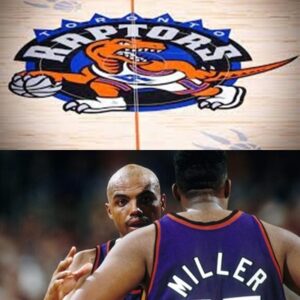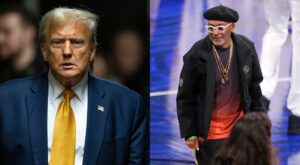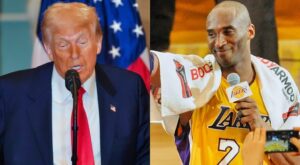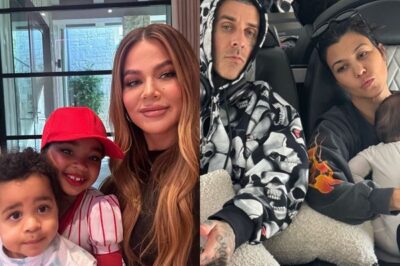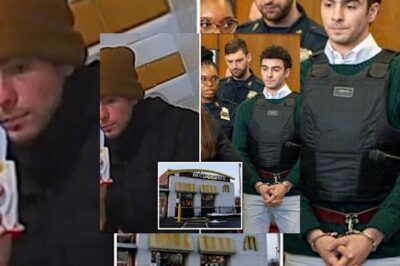NBA’s Three-Point Revolution: Legendary Players Who Redefined the Game

Basketball is a globally beloved sport, with the NBA serving as the stage for some of the most legendary athletes in history. Throughout the years, certain players have left a lasting impact, redefining the game with their unique skills and innovations. Their influence has shaped how basketball is played today, inspiring future generations to follow in their footsteps.
Several key figures influenced the evolution of three-point shooting in the NBA, introducing new strategies and philosophies that reshaped the game.
People Who Influenced NBA’s Three-Point Revolution
There are few people in the NBA who revolutionized the game with their work on three-point shooting. Some of these people are:
Mike D’Antoni (2005 to 2007)

As head coach of the Phoenix Suns, D’Antoni implemented the “Seven Seconds or Less” (SSOL) offense, which emphasized speed, ball movement, and early shot-clock scoring opportunities. While the system did not explicitly prioritize three-pointers, it encouraged players to take open jump shots rather than forcing contested looks near the rim. This fast-paced approach helped lay the foundation for the modern emphasis on spacing and perimeter shooting.
Stan Van Gundy (2009 to 2011)

Coaching the Orlando Magic, Van Gundy built a successful team that revolved around strong defense and three-point shooting. Despite not having a true offensive superstar outside of Dwight Howard, he structured the offense around spreading the floor with shooters, allowing Howard to dominate inside while perimeter players capitalized on open three-point opportunities. This approach proved that a high-volume three-point strategy could lead to deep playoff success, influencing future coaching philosophies.
Click on ‘Follow Us’ and get notified of the most viral NBA stories via Google!Follow Us
Mike Woodson (2012 to 2014)
Taking inspiration from Van Gundy’s approach, Woodson pushed the three-point revolution even further with the New York Knicks. His Knicks team relied heavily on outside shooting, particularly during the 2012-2013 season when they led the league in three-point attempts. Since the Knicks play in a major media market, their success in implementing a three-heavy offense helped popularize this strategy on a larger scale, influencing teams around the league to adopt a similar approach.
LeBron James And Erik Spoelstra (2012 to 2014)
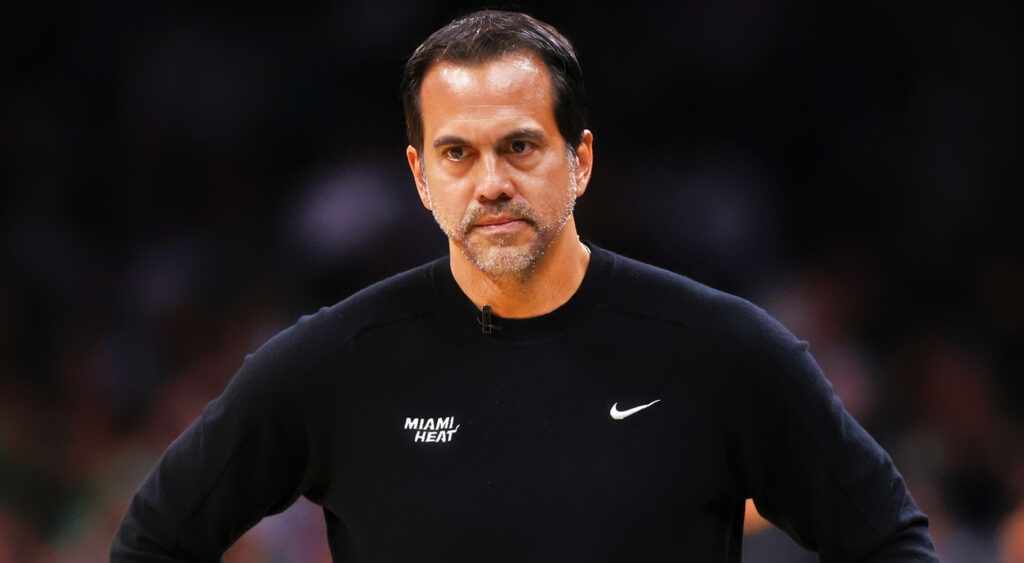
The Miami Heat’s decision to embrace small ball in the middle of the 2012 playoffs was a game changer. With LeBron James as the primary play maker, the Heat and coach Erik Spoelstra surrounded him with shooters, maximizing floor spacing and making their offense nearly unstoppable. Their victory over the Oklahoma City Thunder in the 2012 NBA Finals further demonstrated the effectiveness of small-ball and spacing, as the Thunder struggled to adjust. This approach paved the way for more teams to abandon traditional two-big lineups in favor of more versatile, perimeter-oriented styles.
Stephen Curry (2013 to 2016)

Curry revolutionized three-point shooting by proving that off-the-dribble three-pointers could be an efficient and deadly offensive weapon. Before Curry, most three-point attempts came from catch-and-shoot situations, but his ability to consistently hit deep shots off the dribble forced defenses to extend further out, creating more space for his teammates. Moreover, his impact changed how teams scouted, defended, and built their rosters, with an increased focus on guards who could shoot from long range with confidence.
Daryl Morey (2007 to 2020)
As general manager of the Houston Rockets, Morey was one of the biggest advocates for analytics-driven basketball. He emphasized the importance of three-pointers and layups while discouraging mid-range jumpers. He experimented with extreme three-point shooting strategies in the G-League before implementing them with the Rockets. By surrounding James Harden with three-point shooters and pushing the boundaries of shot selection, Morey played a key role in making the three-ball a central part of modern basketball strategy.
Mike D’Antoni And James Harden (2017 to 2020)

Returning as a head coach, D’Antoni took Houston’s offense to another level by fully committing to isolation-heavy three-point shooting, particularly through Harden. Harden became one of the most prolific three-point scorers ever, frequently taking step-back threes in isolation situations. His ability to score over 35 points per game while maintaining efficiency demonstrated that a team could be highly successful relying primarily on three-pointers. This era further encouraged players to develop deep-range shooting and iso-scoring abilities, pushing the NBA’s three-point revolution to its peak.
News
Why Prince Harry Abruptly Quit the Charity He Founded in Mom Princess Diana’s Honor
Why Prince Harry Abruptly Quit the Charity He Founded in Mom Princess Diana’s Honor Prince Harry and longtime friend Prince…
Paige DeSorbo Swears By These 30 Beauty Products: Score Amazon Big Spring Sale Discounts
Paige DeSorbo Swears By These 30 Beauty Products: Score Amazon Big Spring Sale Discounts Summer House’s Paige DeSorbo’s favorite beauty…
Kourtney Kardashian and Travis Barker’s Son Rocky Makes Rare Kardashians Cameo
Kourtney Kardashian and Travis Barker’s Son Rocky Makes Rare Kardashians Cameo Kourtney Kardashian and Travis Barker’s 15-month-old son Rocky visited a local…
Luigi Mangione showed concern for McDonald’s worker who called cops on him: ‘Wouldn’t be good for her’
Luigi Mangione showed concern for McDonald’s worker who called cops on him: ‘Wouldn’t be good for her’ Luigi Mangione expressed…
Bride-to-be knocked out, put in hospital by random brute while celebrating her bachelorette party in Dallas — weeks before wedding
Bride-to-be knocked out, put in hospital by random brute while celebrating her bachelorette party in Dallas — weeks before wedding…
Young women’s leadership nonprofit responds to YETI ‘political’ order cancellation: ‘Do better’
Young women’s leadership nonprofit responds to YETI ‘political’ order cancellation: ‘Do better’ US faces default risk in August if debt…
End of content
No more pages to load



